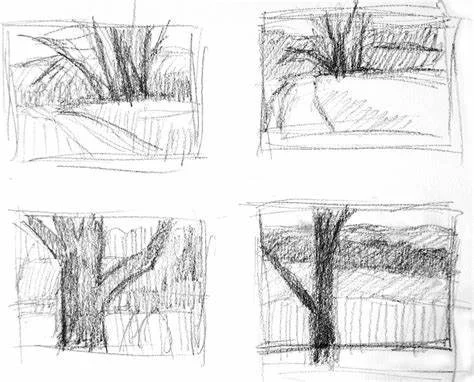Educational Philosophy
As an educator, I have worked with students from incredibly differing backgrounds who shared one thing in common: all thrived in a secure, caring and individually stimulating atmosphere– which is why I approach teaching from a student-centered humanistic philosophy that implements choice-based learning.
In my humanistic approach, I strive to implement choice-based learning by offering students freedom in terms of subject matter and materials used in their assignments. My curriculum will focus on drawing fundamentals– such as observational drawing, linework, and shading– but allow students flexibility along the way. By offering a wide array of choices, I will create a classroom environment that is individually stimulating and encourages further creative development.
As an art teacher, I acknowledge that students come into my classroom with a variety of individual goals for what they wish to take away from my class. So, I strive to create a welcoming classroom environment that fosters open discussion and encourages students to view art like I do— as both a positive coping skill and a potential career path.
VISUAL SYLLABUS
Plein Air Painting Tutorial
This is a beginner-friendly watercolor Plein-Air tutorial. It walks students through the process of transforming a sketch to a finalized landscape painting. This would be a 2-week main project in a 4 week unit.
Plein Air Unit Plan
Description:
Students will view a powerpoint presentation on Plein Air as well as its roots in 19th century impressionism. Then, students will receive a demo on watercolor in terms of paint to water ratio, mixing colors, and creating gradients. Using their watercolors and a paintbrush, students will fill out a watercolor gradient worksheet where they are expected to paint 4 shade variations ranging from darkest to lightest of 7 colors. As an exit ticket, students will be asked to bring 10-15 photos of an outdoor place which they feel is particularly restful– their “happy place”.
Rationale:
This lesson will provide the students with necessary background knowledge on the history of Plein Air as well as it’s roots in 19th century Impressionism– explaining how leisure time was a newfound concept which artists wanted to portray. Overall, this lesson will spark personal student interest in the assignment– as they will have the creative freedom to choose a subject matter that holds personal meaning to them as their “happy place.
Lesson 1:
Students will view a powerpoint presentation on Plein Air as well as its roots in 19th century impressionism. Then, students will receive a demo on watercolor in terms of paint to water ratio, mixing colors, and creating gradients.
Lesson 2:
Students will use Google to find 0-15 photos of 2-3 personal "happy places." They will present the images and share their connections. Peers will give oral feedback on their favorite image, providing two reasons why. It’s best if the selected image features at least 75% nature. Students have one class period to finalize choices and another to create 5-10 2”x3” thumbnails.
Lesson 3:
Students will watch the Patrick Okrasinki video “How I Start a Plein Air Painting.” Then, they will use their favorite thumbnail and reference images to create a 4”x5” watercolor painting. After teacher approval, students will complete a self-assessment worksheet, identifying the elements of art used, whether they could teach the assignment, and if they communicated their project’s intended theme.







